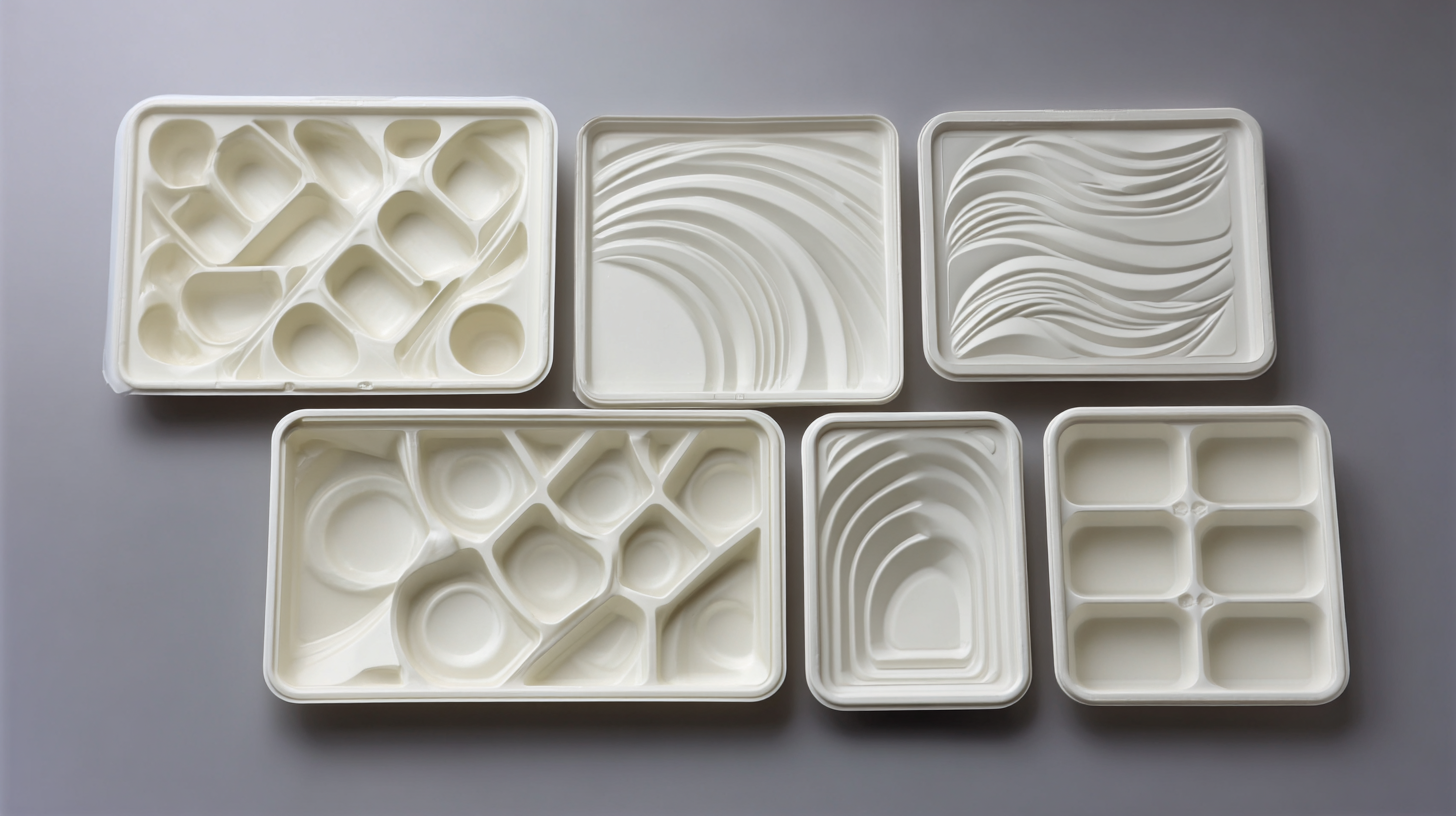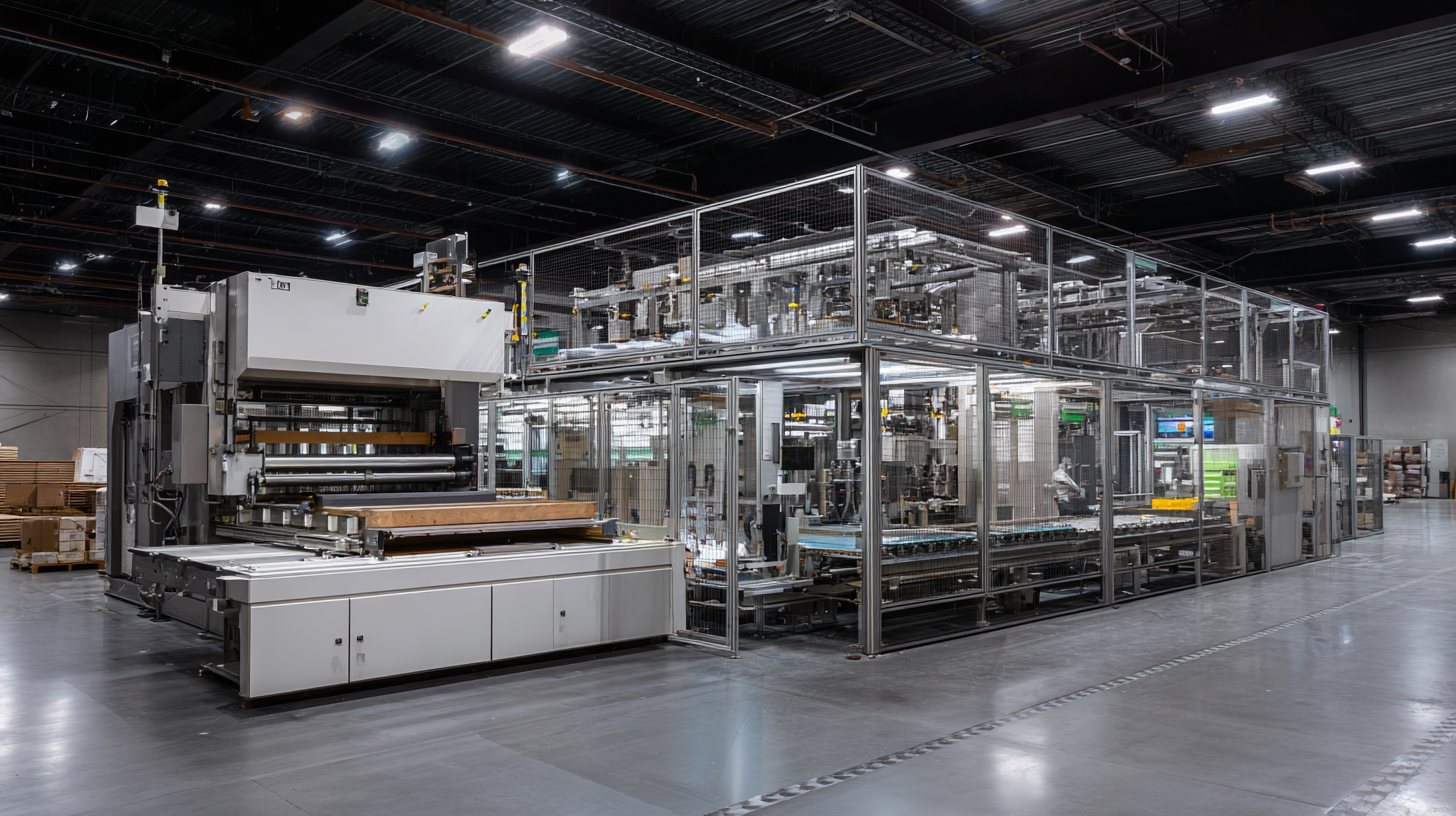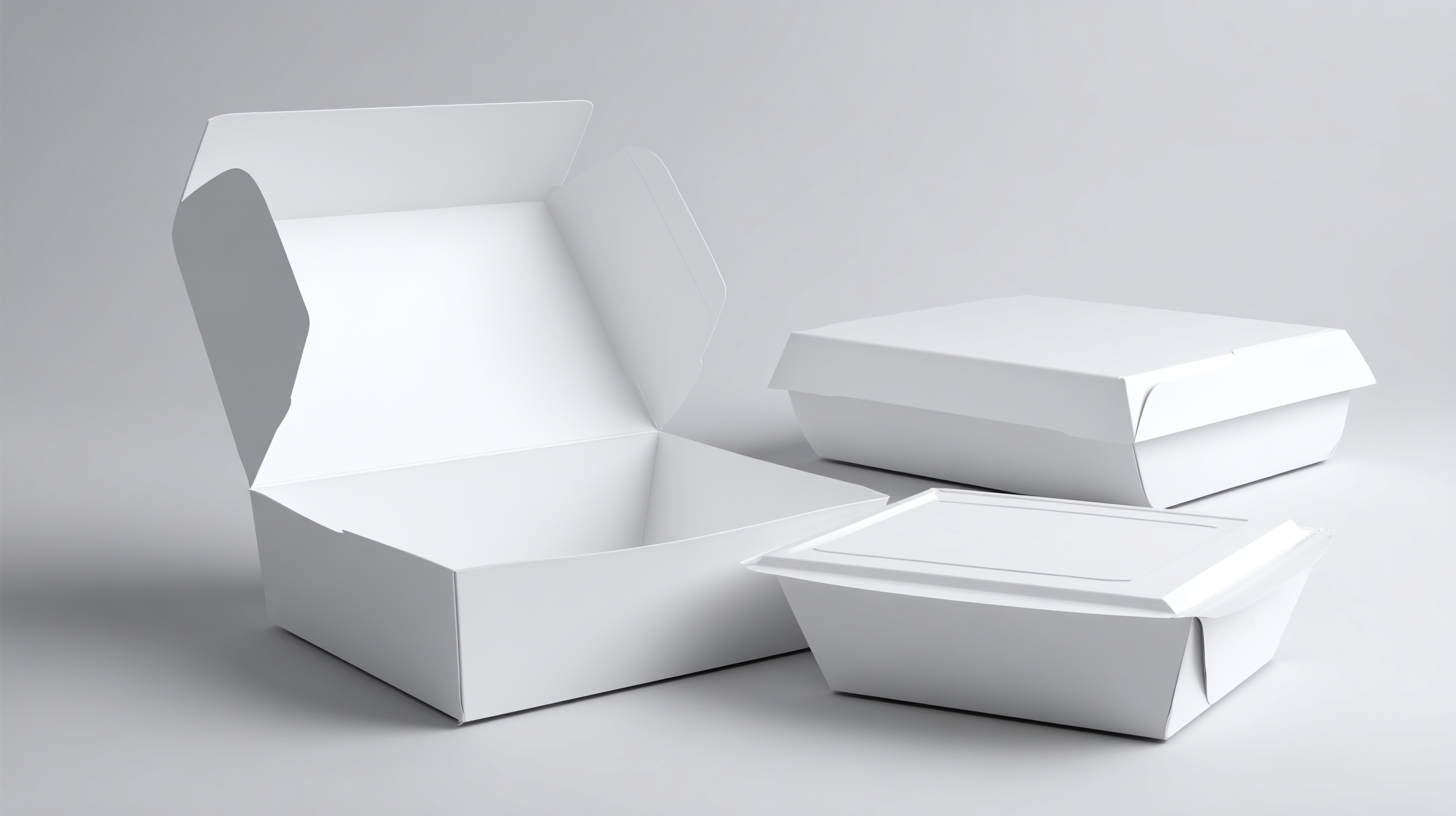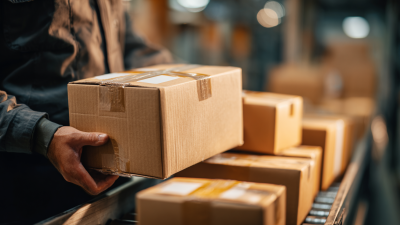7 Tips for Maximizing Efficiency with Thermoform Packaging
In today's fast-paced manufacturing landscape, optimizing packaging solutions is more crucial than ever, and thermoform packaging has emerged as a frontrunner in efficiency and cost-effectiveness. According to a recent report by Smithers Pira, the global thermoforming market is projected to reach $30 billion by 2026, driven by the increasing demand for lightweight and sustainable packaging solutions across various sectors. This method offers numerous benefits, including reduced material waste and improved product protection, making it a preferred choice for food, medical, and consumer goods industries. To fully leverage the advantages of thermoform packaging, businesses must adopt best practices that enhance efficiency in production and logistics. In this blog, we will outline seven actionable tips designed to maximize the potential of thermoform packaging, ensuring that your operations remain competitive in an ever-evolving market.

Understanding Thermoform Packaging: Key Benefits for Your Business
Thermoform packaging has gained significant traction among food and pharmaceutical companies due to its efficiency and adaptability. As highlighted in recent industry reports, the global demand for thermoformed packaging is expected to rise substantially, driven by a projected growth in these sectors. According to Verified Market Research, the Returnable Packaging Market is expected to generate revenues of USD 182.94 billion by 2031, growing at a CAGR of 6.26%. This growth emphasizes the importance of adopting innovative packaging solutions to stay competitive.
With the introduction of advanced thermoforming packaging machines aimed at small and medium-sized enterprises in the food industry, companies can now benefit from streamlined operations and cost-effective solutions. The market dynamics favor thermoform packaging, particularly as companies like those integrating flexible packaging with thermoforming create platforms that enhance operational efficiency. Furthermore, technological advancements in recyclable materials are paving the way for sustainable packaging solutions, ensuring that businesses can meet environmental standards while maximizing productivity.
Essential Equipment and Tools for Efficient Thermoforming Processes
Efficient thermoforming processes not only enhance productivity but also contribute to cost-effectiveness in packaging operations. Essential equipment such as high-speed thermoforming machines, which can achieve production rates of up to 60 cycles per minute, plays a pivotal role in this efficiency. Additionally, investing in advanced heating systems ensures uniform temperature distribution, crucial for achieving optimal material malleability. According to a study by Freedonia Group, the thermoforming market is expected to grow significantly, driven by increasing demand in the food and medical sectors, emphasizing the need for efficient tools.
Tip 1: Invest in automation technology to reduce manual handling, thereby minimizing human error and increasing production speed. This can lead to a 20% increase in efficiency, as reported by the Packaging Machinery Manufacturers Institute (PMMI).
Tip 2: Utilize software for process monitoring and control, which can identify bottlenecks and optimize machine settings. Utilizing data analytics can enhance machine effectiveness by up to 25%, leading to substantial time and cost savings. With the right combination of tools and best practices, manufacturers can significantly improve their thermoforming operations.

Best Practices for Designing Thermoform Packaging to Enhance Efficiency
 When designing thermoform packaging, enhancing efficiency is key to optimizing production and reducing costs. One best practice is to conduct a thorough analysis of the product dimensions. Tailoring the packaging to fit products snugly minimizes the amount of materials used and streamlines the manufacturing process. Additionally, incorporating nesting designs can significantly maximize space during transportation and storage, leading to lower shipping costs and a reduced carbon footprint.
When designing thermoform packaging, enhancing efficiency is key to optimizing production and reducing costs. One best practice is to conduct a thorough analysis of the product dimensions. Tailoring the packaging to fit products snugly minimizes the amount of materials used and streamlines the manufacturing process. Additionally, incorporating nesting designs can significantly maximize space during transportation and storage, leading to lower shipping costs and a reduced carbon footprint.
Another important tip is to consider the type of thermoforming process that best suits your product. For example, vacuum forming is excellent for producing detailed designs, while pressure forming allows for thicker materials that can withstand heavier products. Choosing the right method not only improves the aesthetics of the packaging but also enhances its functional properties. Moreover, integrating features like easy-peel lids or reclosable options can elevate user experience and increase the packaging’s appeal.
Lastly, always keep sustainability in mind. Opting for eco-friendly materials such as biodegradable plastics or recycled materials not only contributes to a positive brand image but also meets the growing consumer demand for sustainable products. By implementing these best practices, companies can ensure that their thermoform packaging is both efficient and environmentally responsible.
Innovative Materials: Choosing the Right Options for Thermoform Efficiency
When it comes to maximizing efficiency with thermoform packaging, selecting the right materials is crucial. Recent industry reports indicate that innovative materials such as high-density polyethylene (HDPE) and polystyrene can significantly enhance the performance and sustainability of thermoformed products. These materials not only provide excellent clarity and durability but also enable recyclability, contributing to a circular economy in packaging. The use of advanced polymer formulations can improve thermal stability and reduce energy consumption during the manufacturing process, which is essential for companies looking to optimize their production lines.
In addition, the choice of material impacts not just the finished product's integrity, but also its compatibility with food safety standards. According to a report by the Flexible Packaging Association, incorporating biodegradable and compostable options can further boost a company's sustainability initiatives while meeting consumer demand for environmentally friendly packaging solutions. By carefully evaluating material options and aligning them with regulatory requirements and market trends, businesses can achieve greater efficiency in their thermoform packaging operations and enhance their overall market competitiveness.
7 Tips for Maximizing Efficiency with Thermoform Packaging
| Tip | Description | Material Type | Efficiency Gain (%) |
|---|---|---|---|
| 1. Select the Right Material | Choose materials with high formability and strength. | Polyethylene, PVC | 15% |
| 2. Optimize Machine Settings | Adjust temperature and speed for minimal waste. | N/A | 20% |
| 3. Implement Quality Control | Regular checks to ensure consistent production quality. | N/A | 10% |
| 4. Minimize Scrap Rate | Implement design changes to reduce scrap and waste. | N/A | 25% |
| 5. Enhance Operator Training | Invest in training to improve operational efficiency. | N/A | 18% |
| 6. Use Sustainable Materials | Opt for eco-friendly materials to enhance brand image. | Bioplastics, Recycled PET | 15% |
| 7. Evaluate Supplier Performance | Regularly assess suppliers for efficiency and material quality. | N/A | 12% |
Streamlining Production Workflow: Tips for Faster Thermoform Packaging Operations
Efficiency in thermoform packaging operations is crucial for streamlining production workflows.
With the global thermoforming packaging market projected to grow from USD 55.1 billion in 2025 to USD 79.0 billion by 2033, companies are increasingly prioritizing automation and innovative processes.
Automation trends, particularly in the medical packaging sector, are driving advancements that align with the industry's push for faster and safer packaging solutions. The integration of advanced technologies is not only enhancing the efficiency of thermoforming processes but also improving quality control and reducing waste.
One notable development is the implementation of new thermoforming systems that feature modular designs and updated software, significantly reducing delivery times. Companies are also leveraging 3D-printed molds, expediting the design process for new products.
For instance, major brands are using this technology to innovate bottle designs quickly, effectively marrying speed with high-quality outputs. As businesses continue to prioritize sustainability, advancements in green thermoformed packaging are gaining traction, making operations more efficient while minimizing environmental impact.
With durable and tamper-resistant materials, such as thermoformed PET, medical device packaging is becoming safer and more accessible, further emphasizing the importance of maximizing efficiency in production workflows.
Related Posts
-

How to Optimize Your Blister Card Packaging for Enhanced Product Visibility and Sales Performance
-

Addressing Challenges in Clam Packaging for Optimal Product Preservation
-

How to Choose the Right Stock Blister Packaging for Your Products
-

Ultimate Guide to Mastering Clam Packaging for Global Buyers
-

What is the Importance of Blister Packaging Machine in Modern Manufacturing
-

Exploring Innovative Alternatives to the Traditional Blister Packing Machine
